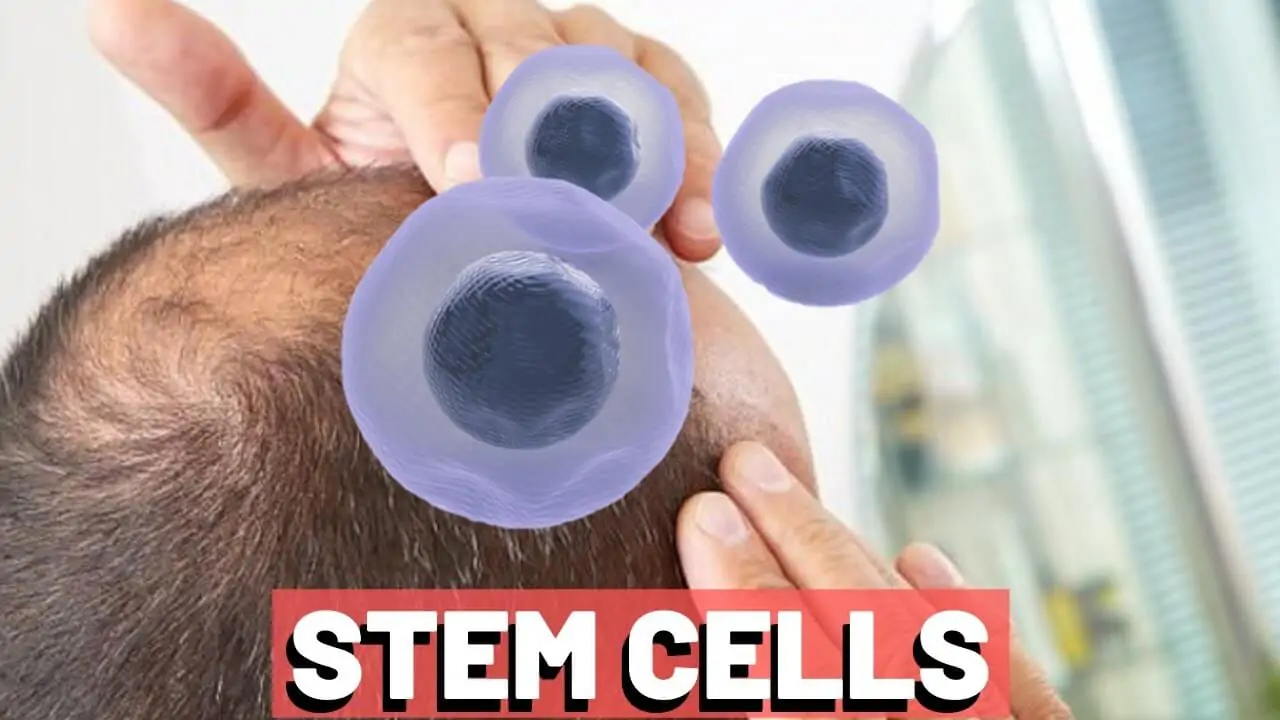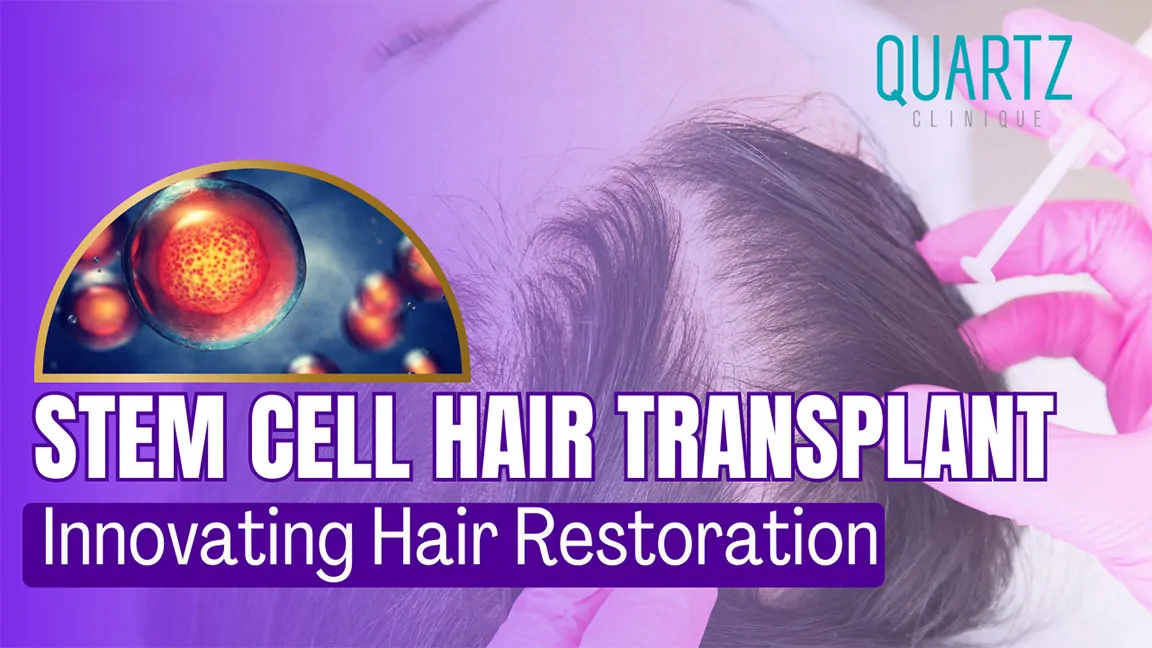Hair loss continues to be a major aesthetic and psychological concern worldwide, affecting both men and women. Traditional hair transplant techniques such as FUE and FUT have offered long-term solutions, but recent developments in regenerative medicine have introduced a revolutionary alternative: the Stem Cell Hair Transplant. This advanced procedure harnesses the regenerative capacity of stem cells to promote new follicle growth, improve hair density, and provide natural, long-lasting results.
In Turkey, particularly in Istanbul, stem cell hair transplant research and clinical applications are progressing rapidly. With internationally accredited clinics, experienced medical professionals, and advanced technologies, Istanbul has become a leading destination for patients seeking innovative solutions for hair restoration.
What is Stem Cell Hair Transplant?
Unlike conventional transplants that relocate existing follicles from the donor area, stem cell hair transplantation involves the extraction of a small tissue sample via punch biopsy. Stem cells are isolated from this tissue, replicated in laboratory conditions, and re-injected into the scalp. This approach promotes dual regeneration—stimulating hair regrowth in the balding area while preserving density in the donor region.
Key characteristics:
- Minimally invasive extraction via punch biopsy.
- Stem cells processed with centrifuge technology.
- Direct re-injection into areas of hair loss.
- Potential to stimulate new follicle development.
How is the Procedure Performed?
- Consultation & Evaluation: Patient’s scalp, donor area, and overall health are assessed.
- Punch Biopsy: A cylindrical skin sample is taken from the scalp using a specialized circular blade.
- Stem Cell Isolation: The sample is processed in a centrifuge to separate stem cells from tissue.
- Preparation: Stem cells are concentrated into a cell suspension.
- Injection: The suspension is injected into balding regions under local anesthesia.
- Post-Procedure Care: Patients receive medical supervision and aftercare to support regeneration.

Candidate Eligibility for Stem Cell Hair Transplant
A successful stem cell hair restoration requires:
- Adequate donor tissue containing viable stem cells.
- Stable hair loss pattern (not rapidly progressing).
- Good overall health with no severe chronic illnesses.
- Realistic expectations about results and timeline.
- Commitment to aftercare, including following medical guidance.
Benefits and Effectiveness
Stem cell transplantation offers advantages beyond traditional methods:
- Natural regeneration: Stimulates growth of new follicles.
- Minimally invasive: Less scarring compared to strip methods.
- Increased density: Improves thickness and volume.
- Dual benefit: Preserves donor area while restoring bald regions.
- Promising research: A 2017 Italian clinical study showed a 29% increase in hair density within 23 weeks.
Stem Cell vs. PRP vs. Traditional Hair Transplant
| Technique | Method | Advantages | Limitations |
|---|---|---|---|
| Stem Cell Hair Transplant | Biopsy + stem cell isolation + reinjection | Potential new follicle growth, dual benefit, minimally invasive | Still investigational, limited availability, higher cost |
| PRP Therapy | Platelet-rich plasma injections from patient’s blood | Safe, autologous, improves follicle health | Less effective in advanced hair loss, requires multiple sessions |
| FUE/FUT Transplant | Follicle relocation from donor to recipient area | Widely available, predictable results | Limited donor supply, risk of scarring, longer recovery |
Safety and Risks
Stem cell treatments are generally considered safe when performed in sterile, accredited clinics by qualified specialists. Since most procedures use autologous stem cells (from the patient’s own body), risk of rejection is minimal.
Potential side effects may include:
- Temporary swelling, redness, or discomfort at injection sites.
- Rare risk of infection or allergic reaction.
- Scarring at biopsy site (very minimal).
Important Note: As of 2023, stem cell hair transplantation is not FDA-approved and remains an investigational therapy. Patients must carefully select reputable clinics that adhere to strict medical protocols.
Recovery Process
- Day 1–3: Mild swelling and redness, managed with prescribed creams.
- Week 1–2: Temporary shedding or crusting may occur.
- Month 1–3: Early hair regrowth begins.
- Month 6: Significant increase in density and volume.
- Month 12: Full regenerative results become visible.
Cost of Stem Cell Hair Transplant in Turkey
Prices vary depending on:
- Clinic reputation and accreditation,
- Surgeon’s expertise,
- Technology and stem cell processing methods,
- Number of sessions required,
- Extent of hair loss.
In accordance with Turkish Ministry of Health regulations, clinics cannot publish exact prices online. At Quartz Clinique Istanbul, international patients are offered all-inclusive medical tourism packages including:
- VIP airport transfers,
- 4–5 star hotel accommodation,
- Post-op medical care,
- Interpreter support,
- Optional Istanbul city tours.
For detailed consultation and package information: +90 212 241 46 24
Frequently Asked Questions (FAQ)
Is Stem Cell Hair Transplant Effective?
Yes. Early research and clinical trials show promising outcomes in stimulating new follicle growth and increasing density.
Is it FDA Approved?
No. As of 2023, stem cell hair transplant remains investigational and not FDA-approved.
What is the Success Rate?
Studies have reported density increases of up to 29% within 23 weeks. Individual outcomes vary depending on patient health and hair condition.
Is it Safe?
When performed with autologous stem cells under strict protocols, it is generally safe with minimal risk of rejection.
What are the Side Effects?
Possible temporary swelling, redness, or itching at injection sites.
Who is Eligible?
Patients with stable hair loss, good donor tissue, and overall good health are ideal candidates.
Stem cell hair transplantation represents a transformative leap in the science of hair restoration. While still in its experimental phase, it has already demonstrated impressive results in increasing density, stimulating natural growth, and offering new hope to patients with advanced hair loss.
For international patients seeking innovative treatments, Istanbul, Turkey stands out as a medical hub with world-class facilities, highly experienced specialists, and cost-effective treatment packages. By choosing accredited clinics and expert medical professionals, patients can take a proactive step toward achieving natural and permanent hair restoration through regenerative medicine.

